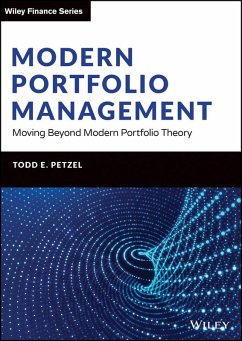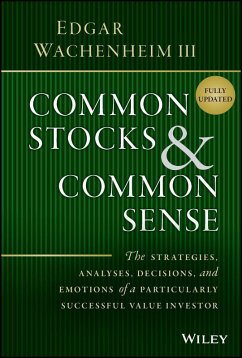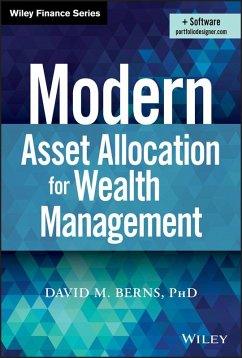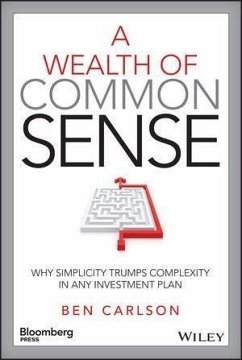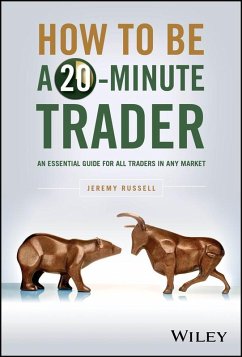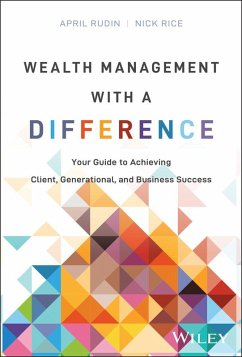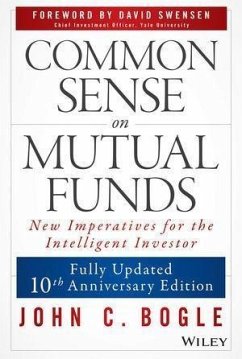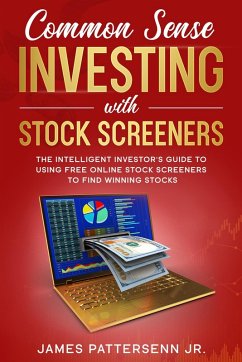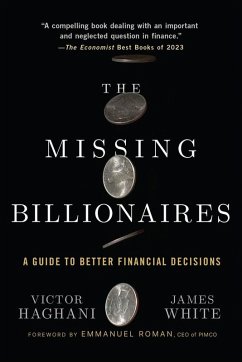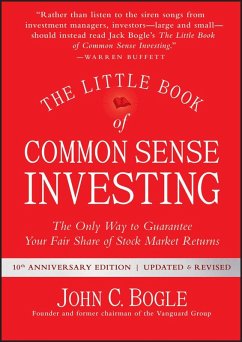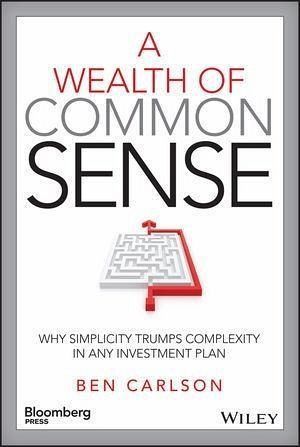
A Wealth of Common Sense (eBook, ePUB)
Why Simplicity Trumps Complexity in Any Investment Plan
Versandkostenfrei!
Sofort per Download lieferbar
27,99 €
inkl. MwSt.
Weitere Ausgaben:

PAYBACK Punkte
0 °P sammeln!
A simple guide to a smarter strategy for the individual investorA Wealth of Common Sense sheds a refreshing light on investing, and shows you how a simplicity-based framework can lead to better investment decisions. The financial market is a complex system, but that doesn't mean it requires a complex strategy; in fact, this false premise is the driving force behind many investors' market "mistakes." Information is important, but understanding and perspective are the keys to better decision-making. This book describes the proper way to view the markets and your portfolio, and show you the simpl...
A simple guide to a smarter strategy for the individual investor
A Wealth of Common Sense sheds a refreshing light on investing, and shows you how a simplicity-based framework can lead to better investment decisions. The financial market is a complex system, but that doesn't mean it requires a complex strategy; in fact, this false premise is the driving force behind many investors' market "mistakes." Information is important, but understanding and perspective are the keys to better decision-making. This book describes the proper way to view the markets and your portfolio, and show you the simple strategies that make investing more profitable, less confusing, and less time-consuming. Without the burden of short-term performance benchmarks, individual investors have the advantage of focusing on the long view, and the freedom to construct the kind of portfolio that will serve their investment goals best. This book proves how complex strategies essentially waste these advantages, and provides an alternative game plan for those ready to simplify.
Complexity is often used as a mechanism for talking investors into unnecessary purchases, when all most need is a deeper understanding of conventional options. This book explains which issues you actually should pay attention to, and which ones are simply used for an illusion of intelligence and control.
You don't have to outsmart the market if you can simply outperform it. Cut through the confusion and noise and focus on what actually matters. A Wealth of Common Sense clears the air, and gives you the insight you need to become a smarter, more successful investor.
A Wealth of Common Sense sheds a refreshing light on investing, and shows you how a simplicity-based framework can lead to better investment decisions. The financial market is a complex system, but that doesn't mean it requires a complex strategy; in fact, this false premise is the driving force behind many investors' market "mistakes." Information is important, but understanding and perspective are the keys to better decision-making. This book describes the proper way to view the markets and your portfolio, and show you the simple strategies that make investing more profitable, less confusing, and less time-consuming. Without the burden of short-term performance benchmarks, individual investors have the advantage of focusing on the long view, and the freedom to construct the kind of portfolio that will serve their investment goals best. This book proves how complex strategies essentially waste these advantages, and provides an alternative game plan for those ready to simplify.
Complexity is often used as a mechanism for talking investors into unnecessary purchases, when all most need is a deeper understanding of conventional options. This book explains which issues you actually should pay attention to, and which ones are simply used for an illusion of intelligence and control.
- Keep up with-or beat-professional money managers
- Exploit stock market volatility to your utmost advantage
- Learn where advisors and consultants fit into smart strategy
- Build a portfolio that makes sense for your particular situation
You don't have to outsmart the market if you can simply outperform it. Cut through the confusion and noise and focus on what actually matters. A Wealth of Common Sense clears the air, and gives you the insight you need to become a smarter, more successful investor.
Dieser Download kann aus rechtlichen Gründen nur mit Rechnungsadresse in D ausgeliefert werden.




